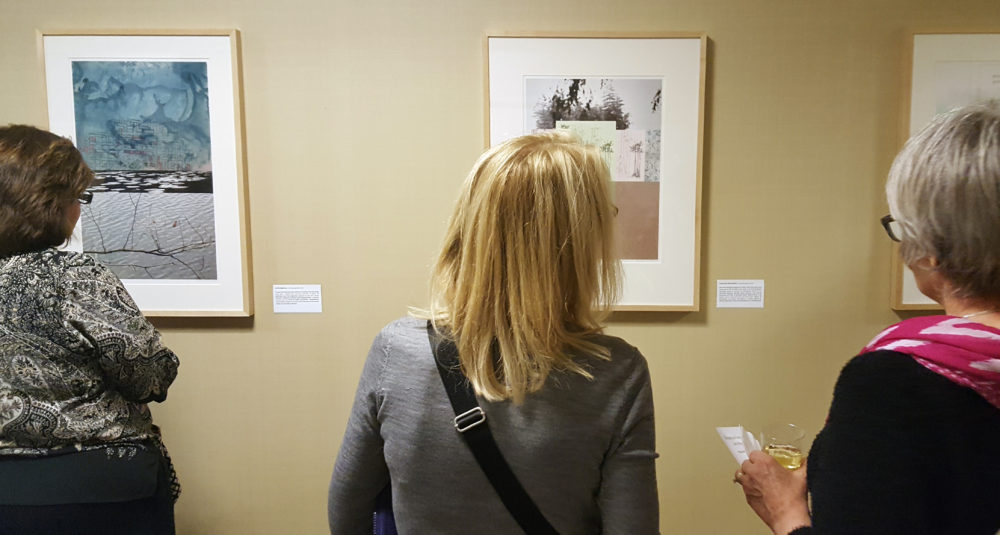
Patricia Moss-Vreeland has been researching memory for 20 years. The fruits of this research can be seen in her body of work that relates to memory, including a series of digital prints that was on display at Penn Memory Center, “Layers of Memory: Pigment Prints.”
The collection of digital prints bring together in collage materials from Patricia’s drawings, paintings, mixed media, photographs and poetry and are finished in Photoshop to create what viewers can see on display and in the book. Many of the images bear a resemblance to neurons in the brain. For example, “Memory, Emerging Patterns” uses images on first glance of trees, branches and leaves, but on looking for a bit longer, one can see the emergence of dendrites and axons that make up the neurons in our brains.
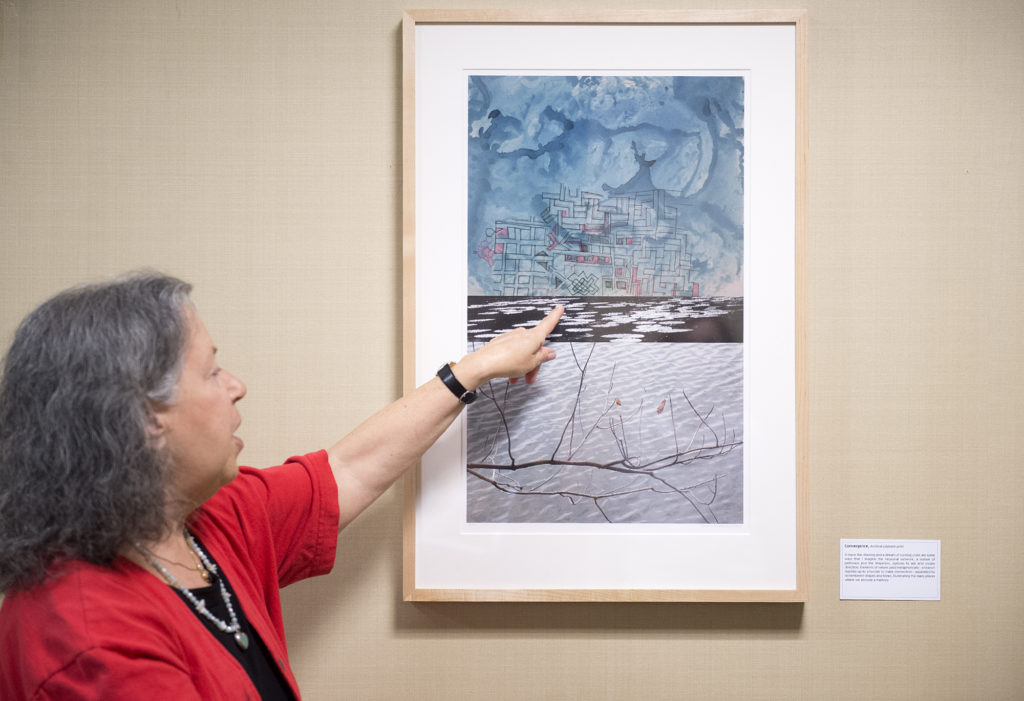
Philadelphia artist Patricia Moss-Vreeland held a free, one-time workshop at the Penn Memory Center clinic at the Perelman Center for Advanced Medicine in Philadelphia on Tuesday, June 20, 2017. (Credit: Chloe Elmer)
These images are a complement to a book Patricia wrote, “A Place for Memory: Where Art and Science Meet” published in 2013. The book brings together text and images all depicting a theme among this body of work: the “metaphoric experience about the function of memory,” Patricia said.
“The book is designed to have a different feel every time you turn the page,” she described.
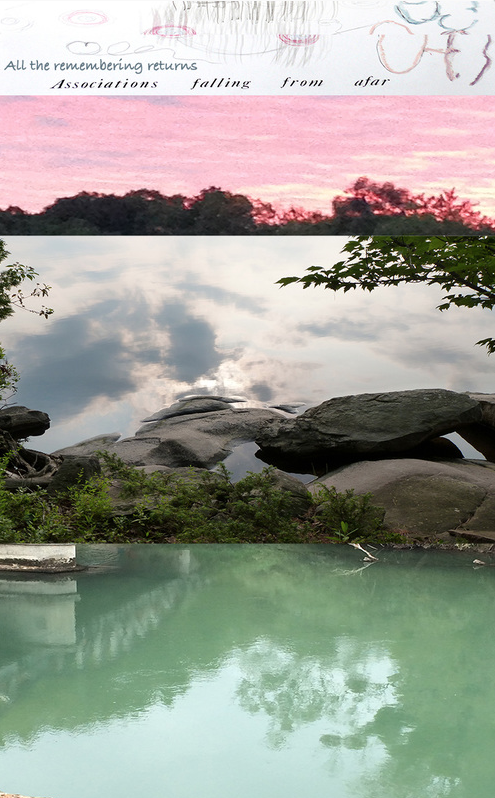
“All the Remembering”, archival pigment print on Hahnemule
Patricia said she taught herself Photoshop and the process of design in the creation of her book. Though she believed she was done with this form of art at the book’s completion, she found she missed it.
“I was still fascinated with, I didn’t want to leave it,” she said. “I’m very involved with them.”
The goal of this body of work, this research is to identify and create opportunities to connect with people through three basic things we all share: memory, creativity and learning. To that end, Patricia says she is continuing to bring her art across mediums through videos and events. The videos will be an expansion on the mixed media work exemplified in the digital prints, but add another element to them with video experience. The event, called Cook, Eat, Remember, would offer a multisensory experience to participants, bringing in artists and people stimulated through a shared experience and provide a forum to discuss memory.
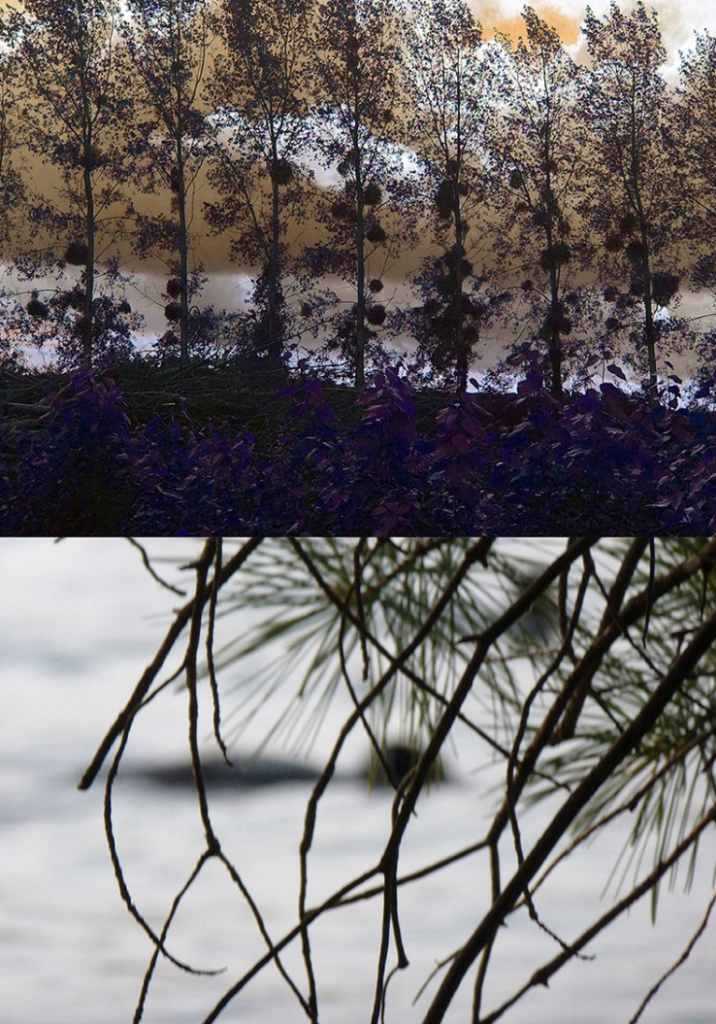
“Memory, Emerging Patterns”, Archival pigment print on Hahnemule
Patricia traces the starting point of this journey back to her commission of the memorial room for the Holocaust Museum in Houston. It was a life-altering experience, Patricia describes in working on the commission and hearing survivors’ memories.
From there, her curiosity and her art took on more science, specifically with a commission to integrate the two via a grant. For it, she shadowed and asked questions of the then director of neuropsychology at an area hospital to learn more about the brain and how it works. As the scientist was describing memory, it struck Patricia that she was also describing creativity.
“Memory is a portal to creativity,” Patricia said. “I found out more about how our brains make memory — and therefore lose memory.”
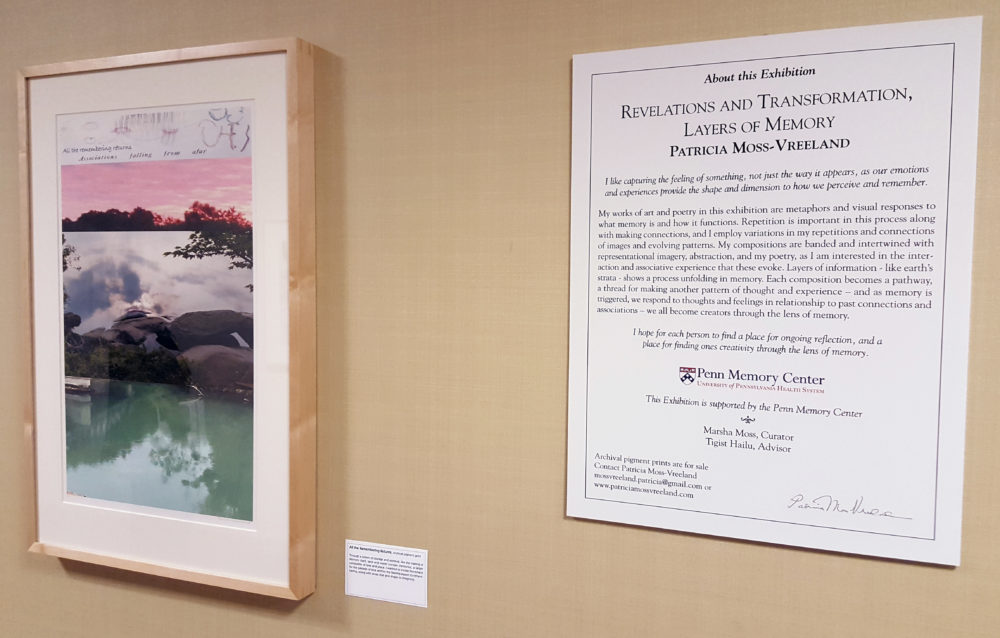
Though not affected personally by Alzheimer’s, Patricia said art can be a unique way to engage with loved ones who are suffering from the disease.
“You have this loss — still have the ability to create,” Patricia said. “You never lose that.”
See more of Patricia Moss-Vreeland’s work on her website, patriciamossvreeland.com.


